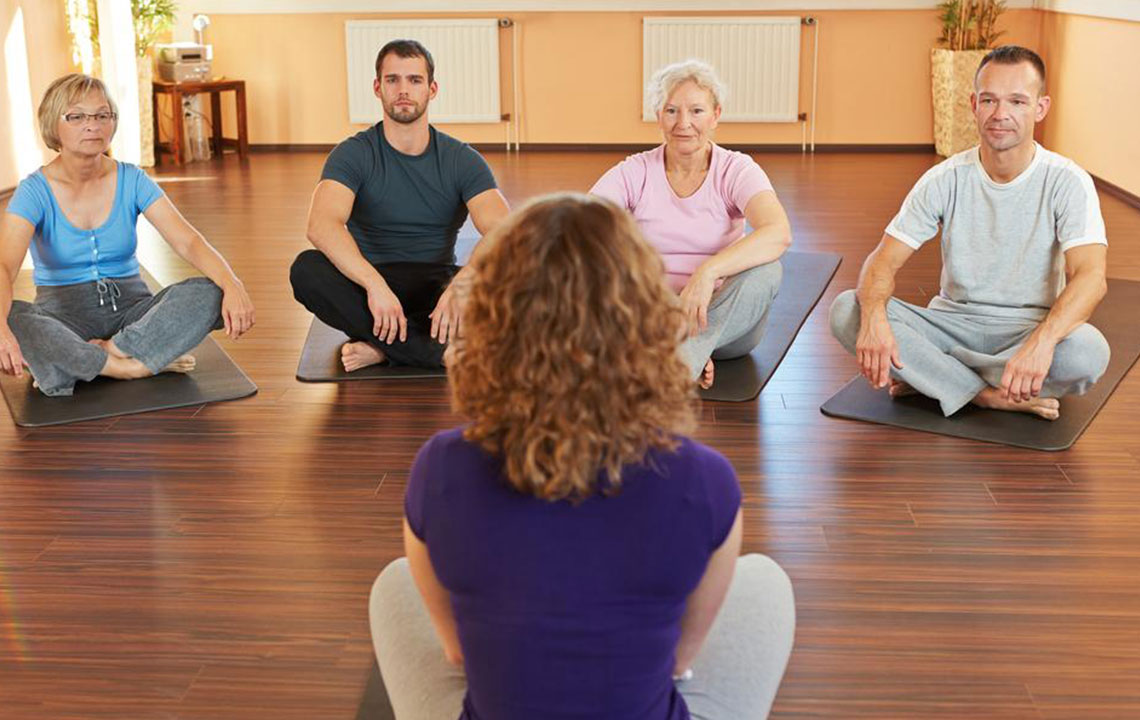An Overview of Addiction and Taking the Path to Recovery

An addiction is a complex condition that is characterized by an excessiveness in terms of an activity and consumption, despite being aware of the consequences. In simpler terms, it is a disease of the brain and, contrary to popular belief, it is not a moral failure. For individuals who suffer from addiction, they have an intense need to use a deleterious substance to the point that it causes damage to one’s well-being. Addiction can be in any form; however, the addition of substances commonly includes drugs and alcohol. A person with an addiction will continue to consume alcohol or use drugs despite knowing the repercussions it can have on one’s health and life.
Addiction, like any other disease, disrupts the normal functionality of the body. It also has serious harmful consequences on the underlying organs and, thus, need to be addressed in the right time frame. People may get addicted to drugs and alcohol due to a slew of reasons that seem to be completely acceptable in the beginning. Drugs and alcohol give one a sense of pleasure, and the feel-good sensation can trigger the use of other such substances. There are some addicts who begin use in order to feel better. This is especially triggered among people who suffer from social or personal problems such as anxiety, depression, and excess stress that cannot be handled. In such cases, drug and alcohol abuse begins as an attempt to lessen the pressure being caused and completely cut off from the issue. Typically, stress is one of the most common reasons that cause initiation, continuation, and relapse of the addiction after recovery.
The fire of addiction may also be ignited by curiosity. The younger generation is particularly vulnerable as they constantly find the need to keep up with peer pressure. Addiction to drugs and alcohol may be a way of expressing independence and keeping up with popular culture. Commonly unknown, prescribed stimulants and steroids too can take the form of drug addiction. Individuals who feel the pressure to enhance their athletic performance may begin consumption as an initial experiment and go on to adopt the habit permanently, leading to addiction.
People with an addiction are most likely to feel positive effects and believe that they have a control over the addiction. However, continued use will lead to a higher dosage, and the harmful substance becomes a necessity to feel “normal.” The inability or impairment to have self-control is the red flag of addiction.
Path to recovery
The battle of addiction can be extremely tedious for individual and his/her dear ones. However, addiction does not imply final destruction. There is hope in the form of recovery programs that are designed specially to aid people with an addiction to drugs and alcohol, and, although less common, even behavioral addictions. The programs are geared to offer the appropriate tools that help in managing the addict’s condition and aid in relief. The path to recovery is also driven by one’s own action. The treatment methods will prove futile if there is no action or intention of the addict involved.
Addiction recovery treatment will comprise a customized approach to battle the given addiction. The programs are built on the idea that every addict is different and his/her reasons for being affected by an addiction is different. Customization helps in creating the best plan or treatment method available for the needs of the addict. Recovery from addiction also includes the constant reassessment of the treatment plan. Upon implementation, the recovery method has to be evaluated to ensure that it is affected, or changes may have to be brought in.
Upon joining a recovery program, the patient must undergo a complete medical assessment to understand the suitable method of treatment. Generally, addiction recovery involves the use of medication, therapy, and psychological treatments. Certain temporary drugs are employed to build the patients coping mechanisms. Therapies such as motivational interviewing, behavioral therapy, and person-centered therapy are constantly used. Moreover, recovery is best done under the supervision of a medical professional who practices under a recovery center.
While recovery centers can help one in the managing the condition and setting themselves on the right path, the ball ultimately lies in the court of the addict. Life after participating in a recovery center will require adjusting to the external world all over again. Old behaviors must be left behind to make way for newer habits. The right support from family and friends can aid in smoothening the journey. A good thing is that several recovery programs offer post-recovery support to meet the needs of the patient. Furrthermore, there is a chance of a relapse, though one may never hope for it. However, a relapse does not mean ultimate failure. Taking immediate steps in the right route of recovery will bring the desired relief and will help live a normal life and devoid of addiction.


